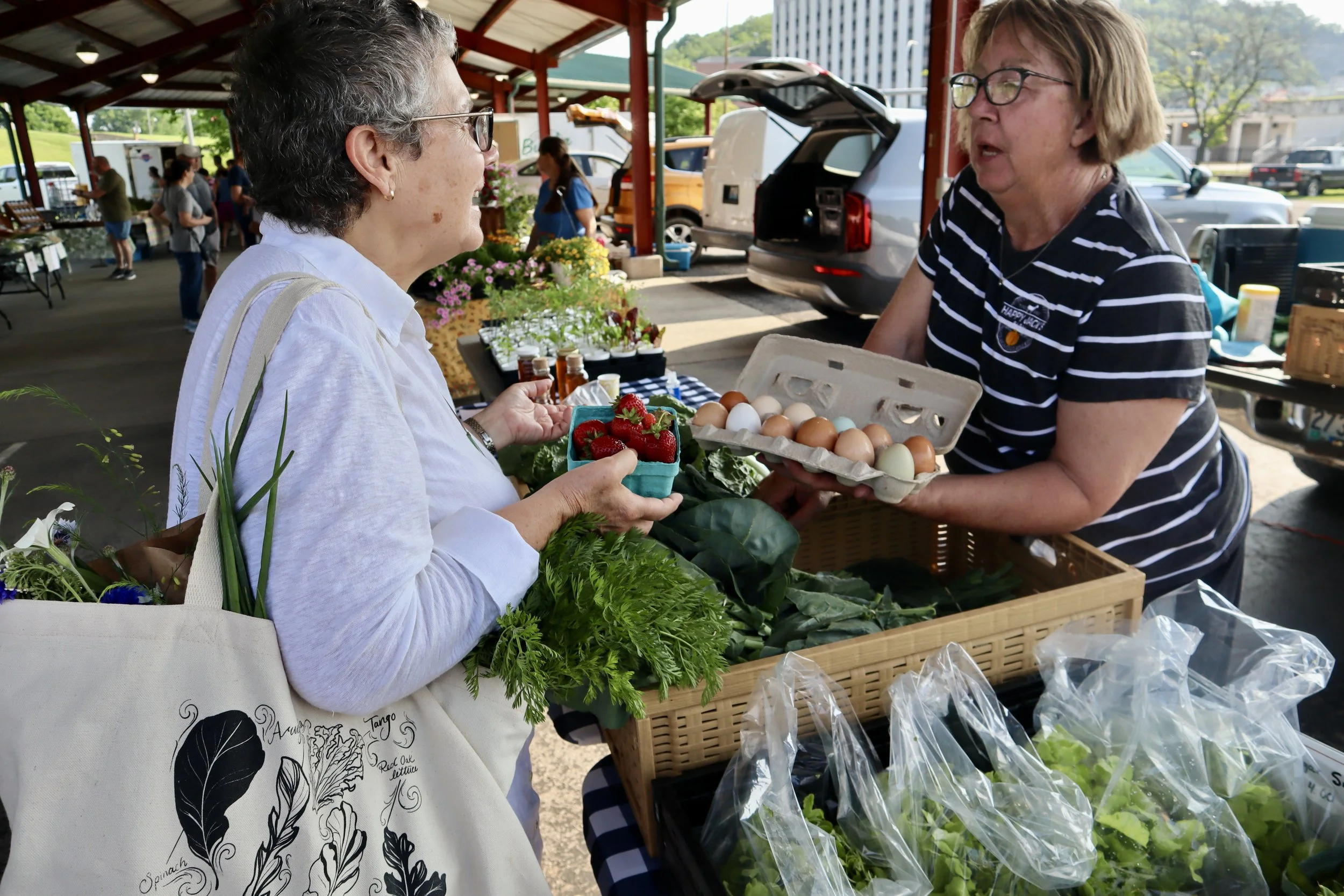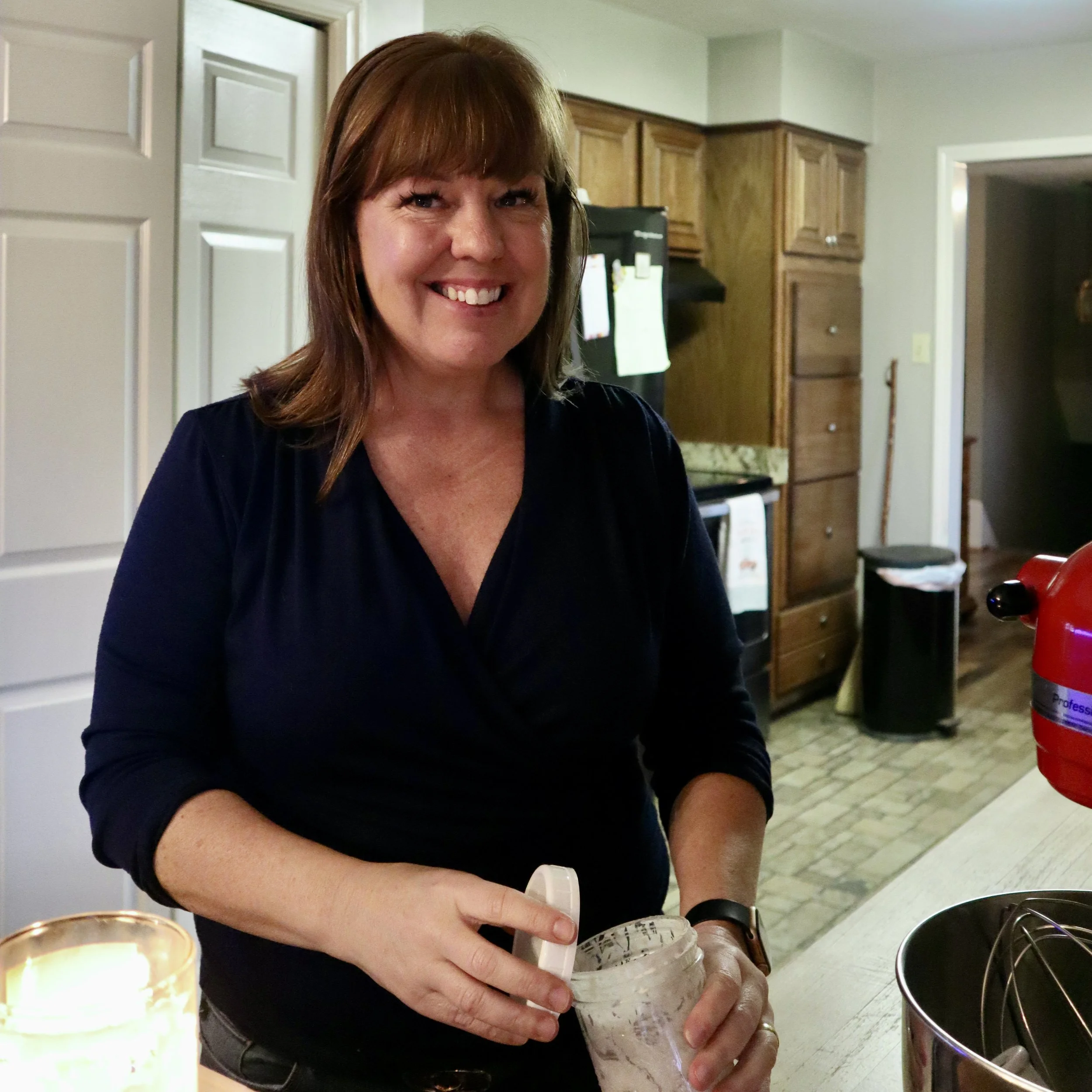Getting By: The Pantry Challenge
story by Donna Hecker & photography by Talitha Schroeder
All my life I’ve been in love with food. When I wasn’t eating, I thought about eating. When I wasn’t cooking, I thought about cooking. I read about food and talked about food. My husband jokes that I’m the only person he knows who window shops in grocery stores.
But along the way, my eyes grew bigger than my stomach. I had to buy something from every stall at the farmers market. Winter greens, spring asparagus, summer corn – no matter the season, I wanted it all! When shopping for groceries, I only got the best. I rationalized the expense because it was food, it was nourishment, we deserved to eat well.
Others might indulge in mani-pedis, streaming services, or shopping sprees. My extravagances were Irish butter, cream-top milk, artisan breads, and pastured meats. A lot of attention went into the food I was buying but once I got home, I could never make use of it all.
Unsurprisingly, a significant portion of that beautiful food ended up in the garbage can each week. According to the USDA, 30-40% of the food in the US is wasted, most of it at the household level. And I was guilty as hell.
Lynn Tomlinson Aubrey
So when my friend Lynn announced a January Pantry Challenge, eating only what was on hand when the New Year struck, I told her to sign me up.
Lynn Tomlinson Aubrey is a former assistant chief with the Frankfort, Ky. police department. She’s also a hobby farmer who lives on several acres in rural Franklin county. Over the years, Lynn’s land has supported goats, sheep, chickens and a milk cow or two.
While I relied on the labor of others to provide me with food, Lynn was determined to grow her own. She has amassed an impressive store of home-canned fruits and vegetables from her garden, yet she felt the need to go one step farther. Hence the pantry challenge.
A major reason for doing this was my need to feel prepared to take care of my family. That's a significant reason why I garden, preserve food, cook from scratch, and shop locally as much as possible. But I had never really put it to the test. This was a way for me to see if I really would be prepared should an emergency arise. Not in a prepper sense, but in the sense of an illness, job loss, or weather emergency. I'm learning where my weak spots are so I can hopefully fix them.
The challenge quickly grew to include more than a dozen members. There were no hard and fast rules – just an admonition to do our best and be generous with grace and mutual support. Each person’s challenge reflected her own goals and situation.
Our group included full-time workers and retirees, married and single folks, intuitive cooks and long-range meal planners. One of us made do with a 10-cubic-foot refrigerator/freezer combo, others had multiple deep freezes and commercial grade reach-ins. We learned together how to love leftovers and use ingredients to create more than one meal, and quickly got comfortable with “flexible” expiration dates.
The tips flew furiously. Flaxseed meal as an egg substitute. Baked goods made from sourdough discard. A use for zucchini frozen last summer and freshly unearthed. Poor man’s beef stew made with hamburger. A dozen variations on nail soup.
And once we hit the downhill slide, deeper lessons emerged. Lessons in creativity, self-reliance, camaraderie, and thrift. For me, it was an opportunity to recalibrate my relationship with a lifelong passion. To realize that it’s not enough to select food with care, cook it with attention, eat it with relish. To learn that doing justice to food — and the farmers who produce it — also means not wasting it.
When life was less abundant and times were harder, there was a popular saying: use it up, wear it out, make it do, or do without. Sustainability never went out of style.
Related Content
Lynn’s Marinara Sauce
Lynn Tomlinson Aubrey makes this delicious sauce with her own homegrown and home-canned tomatoes. We added a few twists.
© 2023, Holly Hill Inn/Ilex Summit, LLC and its affiliates, All Rights Reserved




